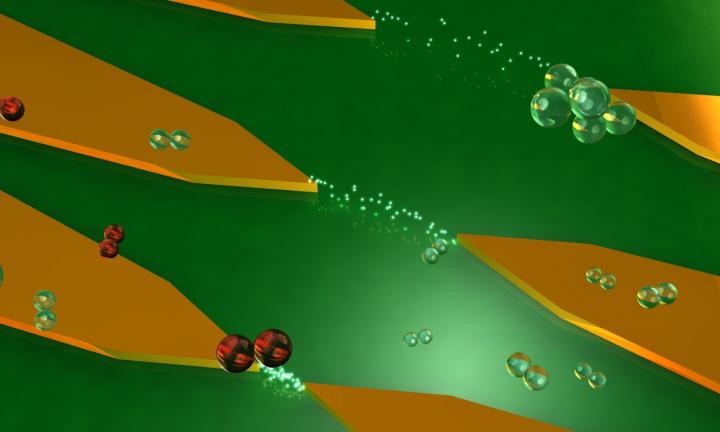ANFF 2018 User Survey
Deadline 31 January 2019
We are asking all users to let us know their thoughts on MCN and ANFF-VIC’s parent organisation, the Australian National Fabrication Facility (ANFF).
Respondents to the ANFF Survey are eligible to enter a prize draw for $100 cash voucher. If you would like to enter, please include your email address at the end of the survey.
Please note that all responses are anonymous.
View the 2018 ANFF User Survey here
MCN 2018 Client Satisfaction Survey
Deadline 31 January 2019
To ensure we continue to provide the best service possible, we are once again asking users to complete a short survey to provide us with feedback on their experiences with MCN.
This year, all respondents are eligible to enter the MCN Survey Prize Draw with a chance of winning a $200 user credit to be used towards MCN-based research projects. If you would like to enter, please include your email address at the end of the survey.
We strive to provide high-quality services and would appreciate if you could take 5 mins to complete these surveys. Your responses will aid us in serving you better in the future.
Please note that all responses are anonymous.
View the Client Satisfaction Survey here





